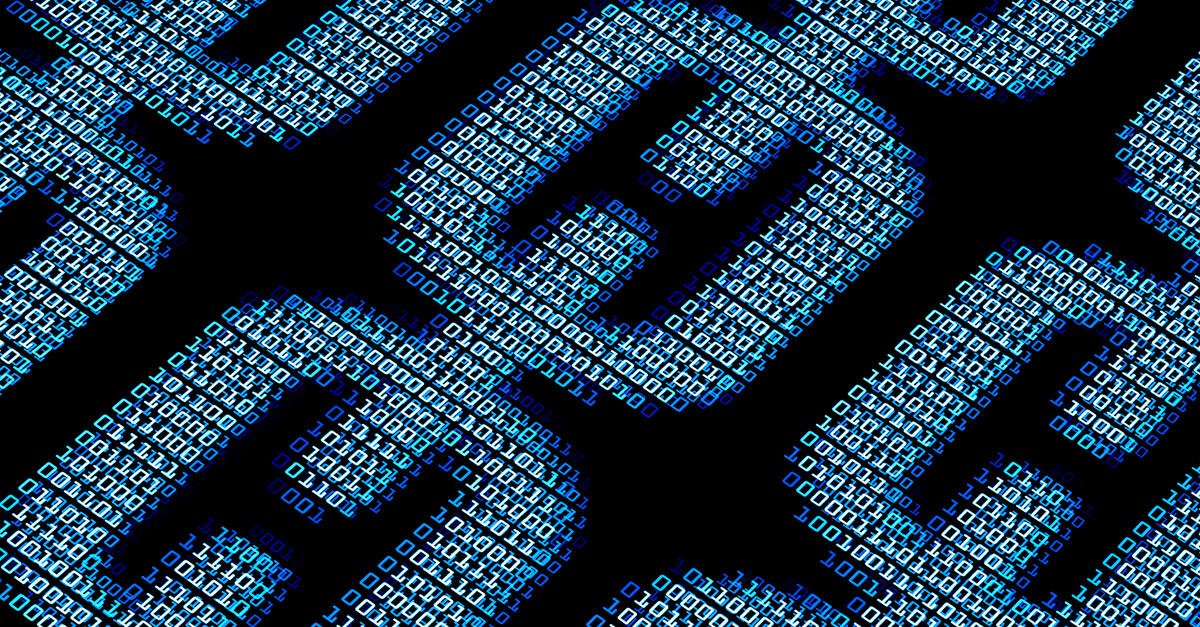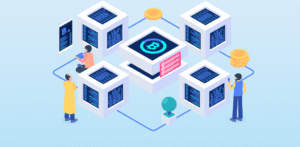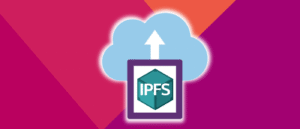Blockchain technology is behind cryptocurrencies like Bitcoin and Ethereum, but it’s also a powerful tool for developers building secure, decentralized applications. If you’re new to blockchain and want to write your first code, this guide is for you. We’ll walk through the basics, set up your tools, and build a simple blockchain using Python—all in a beginner-friendly way. Let’s get started!
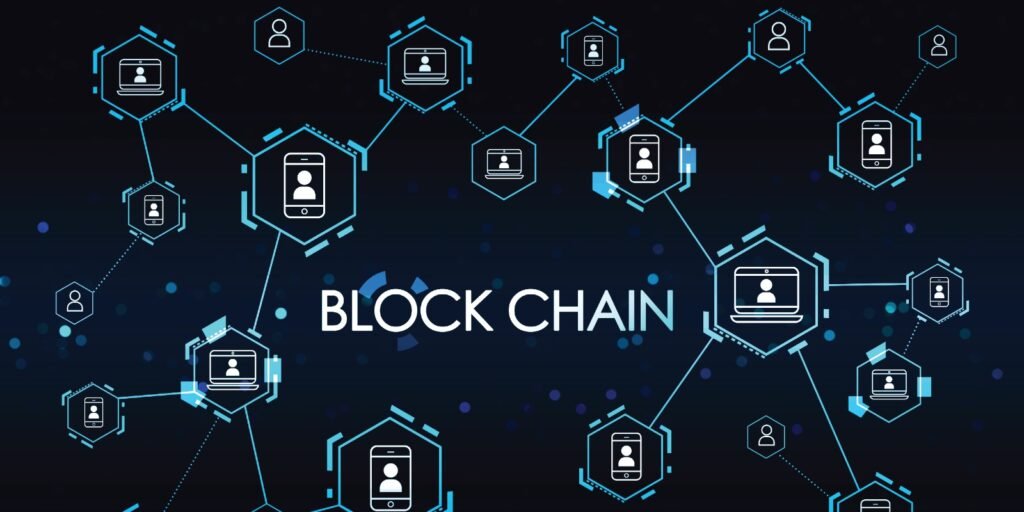
What Is a Blockchain?
A blockchain is a digital ledger that records transactions in a secure, transparent way. Think of it as a chain of blocks, where each block contains a list of transactions. These blocks are linked using cryptography, making it nearly impossible to tamper with the data.
For developers, a blockchain is a data structure you can code to store and verify information. It’s used in cryptocurrencies, supply chain tracking, and even voting systems. Writing blockchain code teaches you how to create secure, decentralized systems.
Tools You’ll Need
Before coding, let’s set up your environment. You don’t need fancy hardware—just a computer and a few tools:
- Python: We’ll use Python for its simplicity and rich libraries. Download it from python.org.
- Text Editor: Use VS Code, PyCharm, or any editor you like.
- pip: Python’s package manager to install libraries like
hashlibfor hashing.
Once you have Python installed, you’re ready to code your first blockchain!
Understanding Blockchain Basics
A blockchain consists of three key components:
- Blocks: Containers for data, like transactions.
- Hashes: Digital fingerprints that secure each block.
- Chain: Blocks linked by including the previous block’s hash.
Our goal is to code a simple blockchain that creates blocks, hashes them, and links them together. We’ll use Python to keep it straightforward.
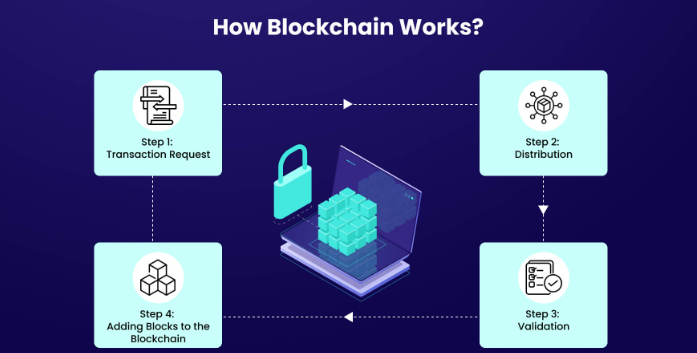
Step-by-Step: Coding Your First Blockchain
Let’s build a basic blockchain in Python. This example creates a blockchain with blocks that store simple data (like transactions) and links them with hashes. Follow along, and you’ll have a working blockchain by the end!
Step 1: Set Up the Block Structure
Each block will have data, a timestamp, a hash, and a reference to the previous block’s hash. Here’s the code to define a Block class:
import hashlib
import time
class Block:
def __init__(self, data, previous_hash):
self.timestamp = time.time()
self.data = data
self.previous_hash = previous_hash
self.hash = self.calculate_hash()
def calculate_hash(self):
block_string = f"{self.timestamp}{self.data}{self.previous_hash}"
return hashlib.sha256(block_string.encode()).hexdigest()
This code creates a block with a timestamp, data (e.g., a transaction), and a hash generated using the SHA-256 algorithm.
Step 2: Create the Blockchain
Now, let’s create a Blockchain class to manage our chain of blocks. It will start with a genesis block (the first block) and allow adding new blocks.
class Blockchain:
def __init__(self):
self.chain = [self.create_genesis_block()]
def create_genesis_block(self):
return Block("Genesis Block", "0")
def add_block(self, data):
previous_block = self.chain[-1]
new_block = Block(data, previous_block.hash)
self.chain.append(new_block)
The genesis block is a special block with no previous hash. New blocks use the previous block’s hash to stay linked.
Step 3: Test Your Blockchain
Let’s put it all together and test the blockchain by adding a few blocks:
# Create a blockchain
my_blockchain = Blockchain()
# Add some blocks
my_blockchain.add_block("Transaction 1: Alice sends Bob $10")
my_blockchain.add_block("Transaction 2: Bob sends Charlie $5")
# Print the blockchain
for block in my_blockchain.chain:
print(f"Data: {block.data}")
print(f"Timestamp: {block.timestamp}")
print(f"Hash: {block.hash}")
print(f"Previous Hash: {block.previous_hash}")
print("---")
Run this code, and you’ll see a chain of blocks, each with its data, hash, and link to the previous block. Congratulations—you’ve built a blockchain!
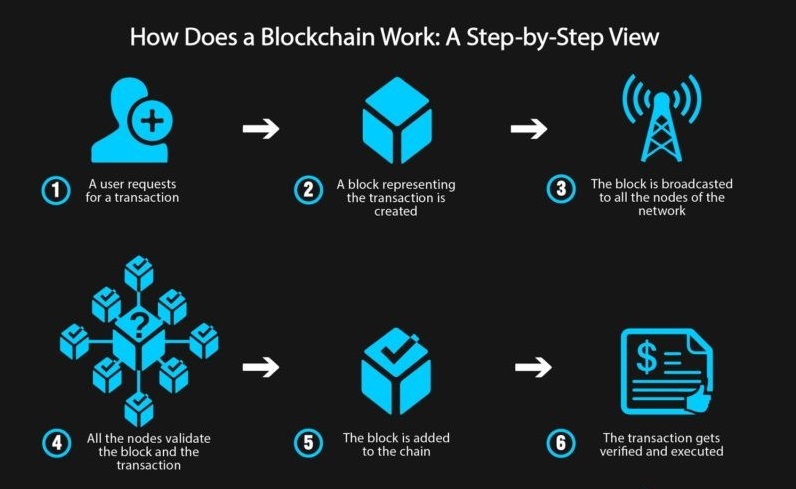
Why This Matters for Developers
Coding a blockchain teaches you key concepts like hashing, data structures, and decentralization. These skills are valuable for:
- Building DApps: Create decentralized apps on platforms like Ethereum.
- Securing Data: Use hashing to protect sensitive information.
- Exploring Crypto: Understand how Bitcoin and other cryptocurrencies work.
Plus, blockchain development is a hot skill in tech, with applications in finance, healthcare, and more.
Next Steps for Learning
Your first blockchain is just the beginning. Here’s how to level up:
- Add Proof of Work: Implement a mining mechanism, like Bitcoin’s, to secure your blockchain.
- Explore Ethereum: Learn Solidity to write smart contracts. Check out Ethereum’s Developer Portal.
- Join Communities: Engage with blockchain developers on platforms like Reddit or GitHub.
Keep coding, experimenting, and exploring to deepen your blockchain skills.
Conclusion
Writing your first blockchain code is an exciting step into a world of decentralized technology. With Python, you’ve built a simple blockchain that stores data securely and links blocks with hashes. This guide is just the start—blockchain development offers endless possibilities for innovation.
Try tweaking the code, adding features, or exploring real-world blockchain platforms. Have questions or want to share your project? Drop a comment below!

